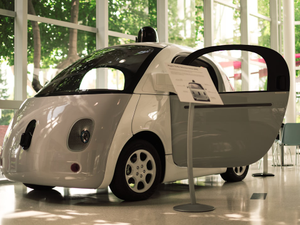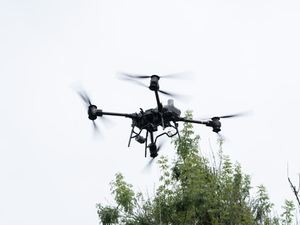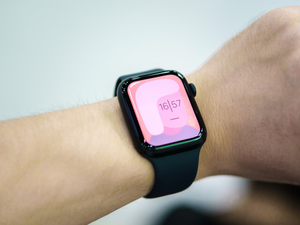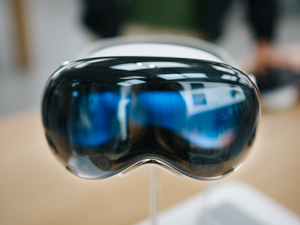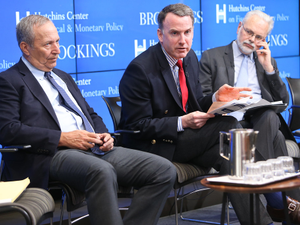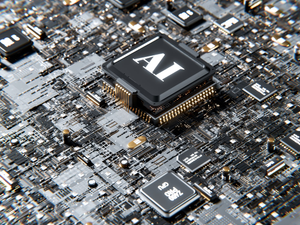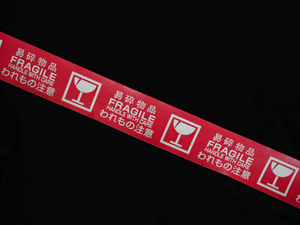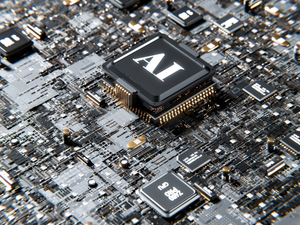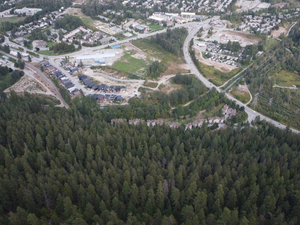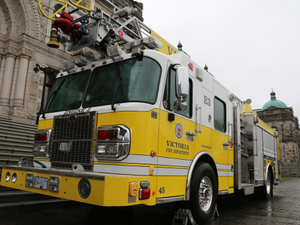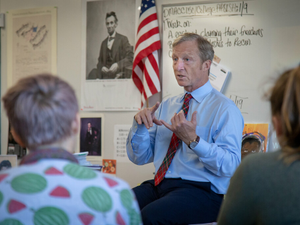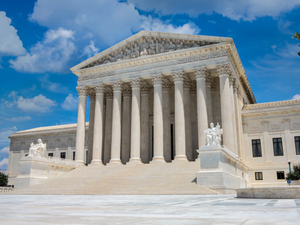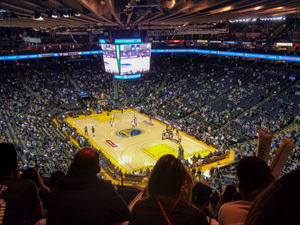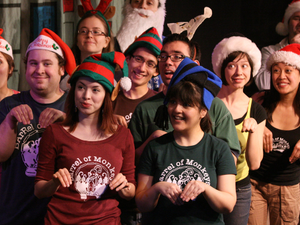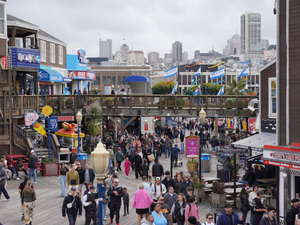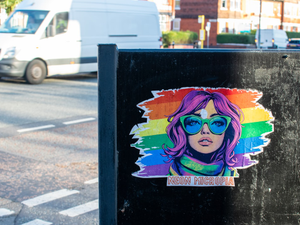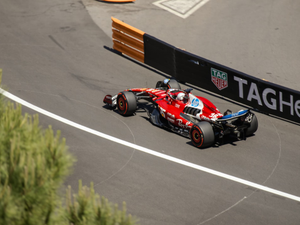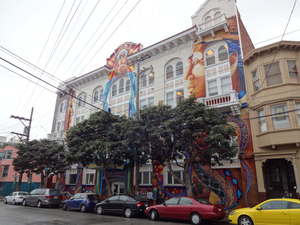Tesla's Robotaxis Are Stumbling: Why Waymo is Winning the Self-Driving Race
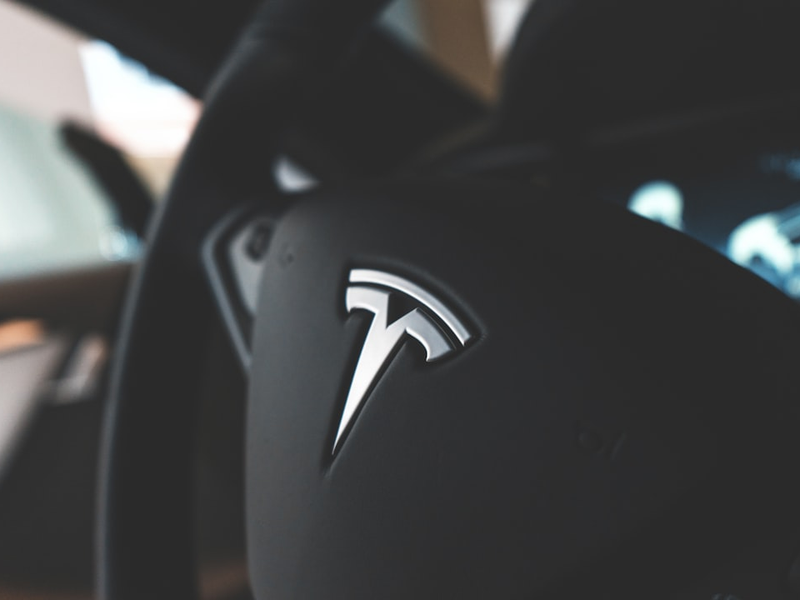
Photo by Marvin Meyer on Unsplash
The future of transportation is here, and it’s not without its bumps. Tesla’s much-anticipated Robotaxi service, launched in Austin, Texas this summer, is already facing significant challenges in its autonomous driving technology.
Recent data from the National Highway Traffic Safety Administration (NHTSA) reveals that Tesla’s Robotaxis have been experiencing more frequent crashes compared to Waymo’s autonomous vehicles. Since the service began in late June, Tesla Robotaxis have traveled approximately 250,000 miles and crashed roughly once every 62,500 miles - a concerning statistic for a technology that promises safer transportation.
In contrast, Waymo’s vehicles have demonstrated superior performance, traveling an impressive 125 million miles with crashes occurring approximately every 98,600 miles. What makes this comparison even more striking is that Waymo achieves these results without human safety monitors, while Tesla requires a human to be present with a killswitch in case of system failures.
Texas state law mandates that autonomous vehicle companies like Tesla have human safety monitors inside their Robotaxis due to the specific level of autonomous driving technology being used. These monitors are equipped with the ability to take control of the vehicle if something goes wrong with the self-driving system.
The NHTSA requires autonomous vehicle companies to report crashes within five days of being informed, providing transparency into the developing technology. However, Tesla has been noted to redact significant information from its reports, making a comprehensive understanding of their incidents more challenging.
As the race for autonomous vehicle supremacy continues, Waymo appears to be pulling ahead, demonstrating more reliable and safer self-driving technology. For tech enthusiasts and transportation future watchers, this data suggests that while the dream of fully autonomous vehicles is close, there’s still significant work to be done in ensuring passenger safety and system reliability.
AUTHOR: mls
SOURCE: Mashable




